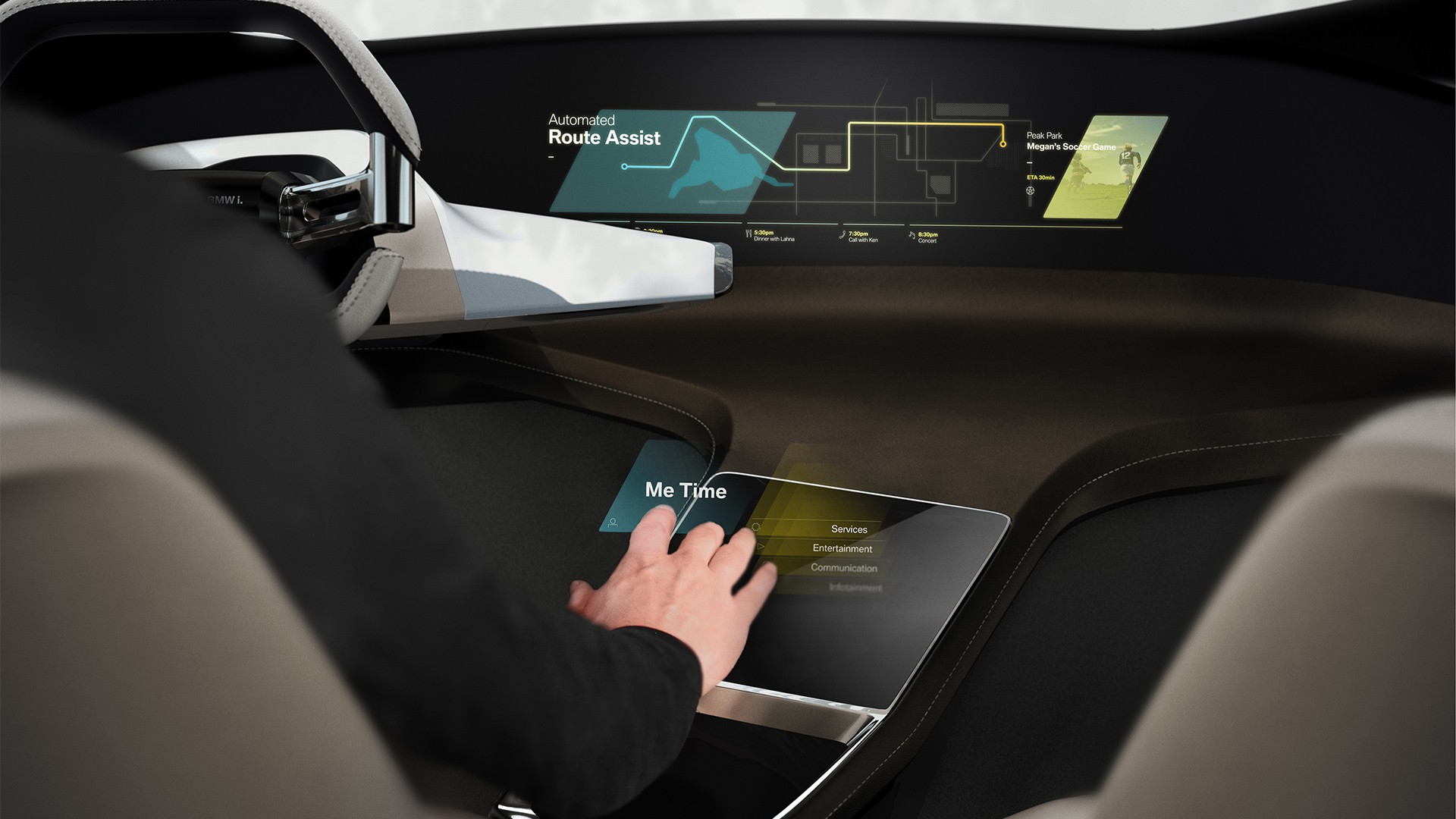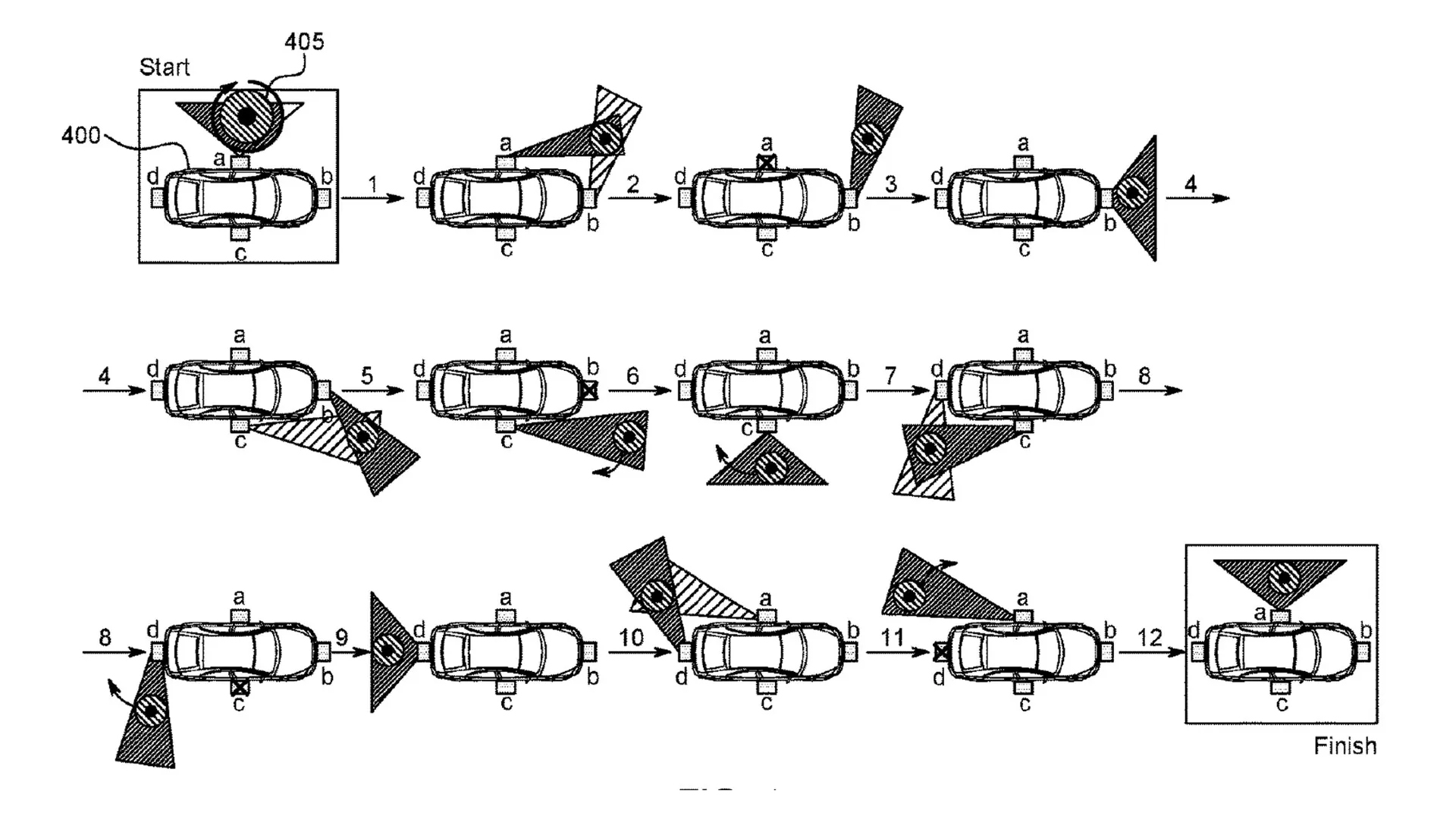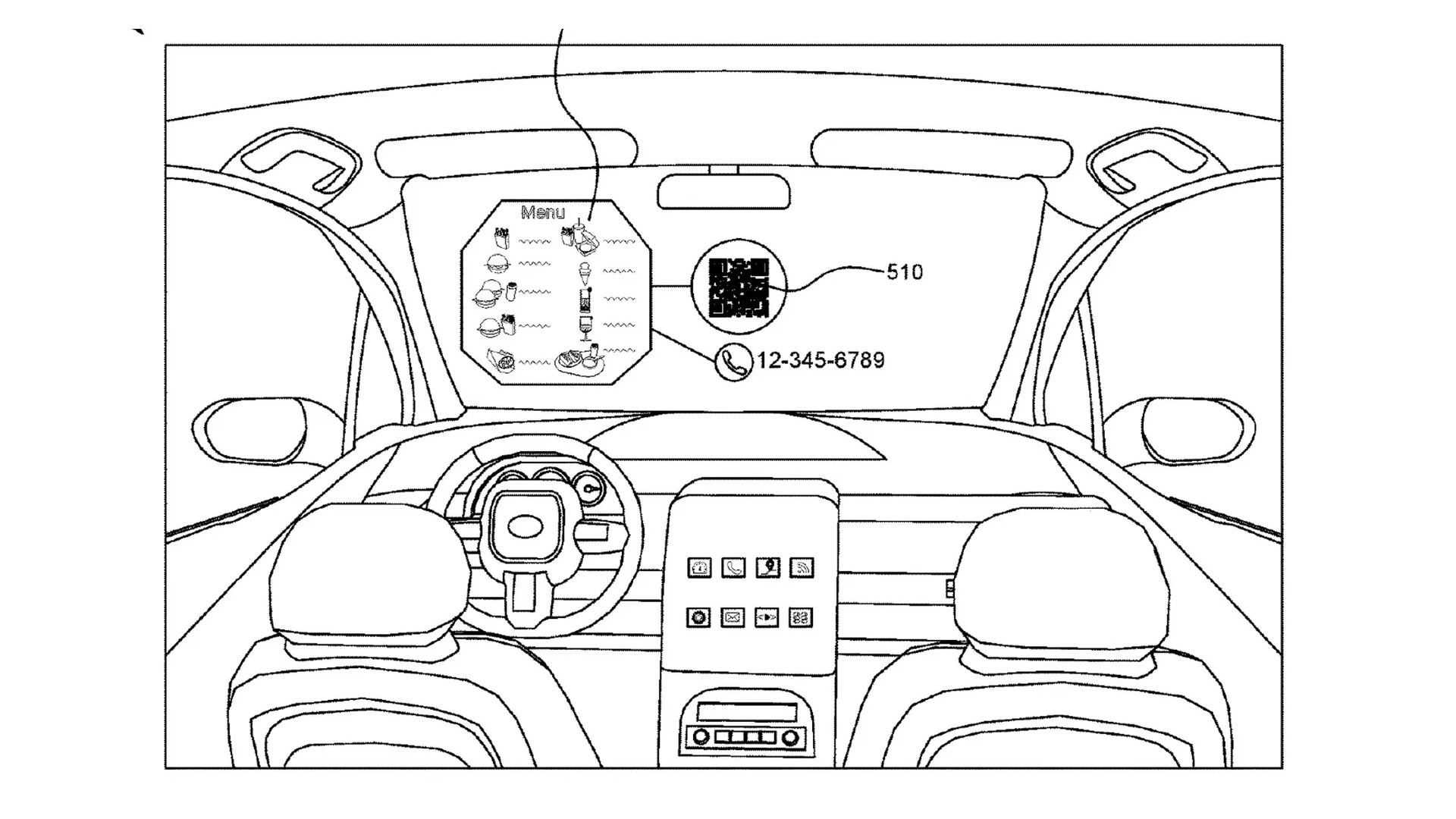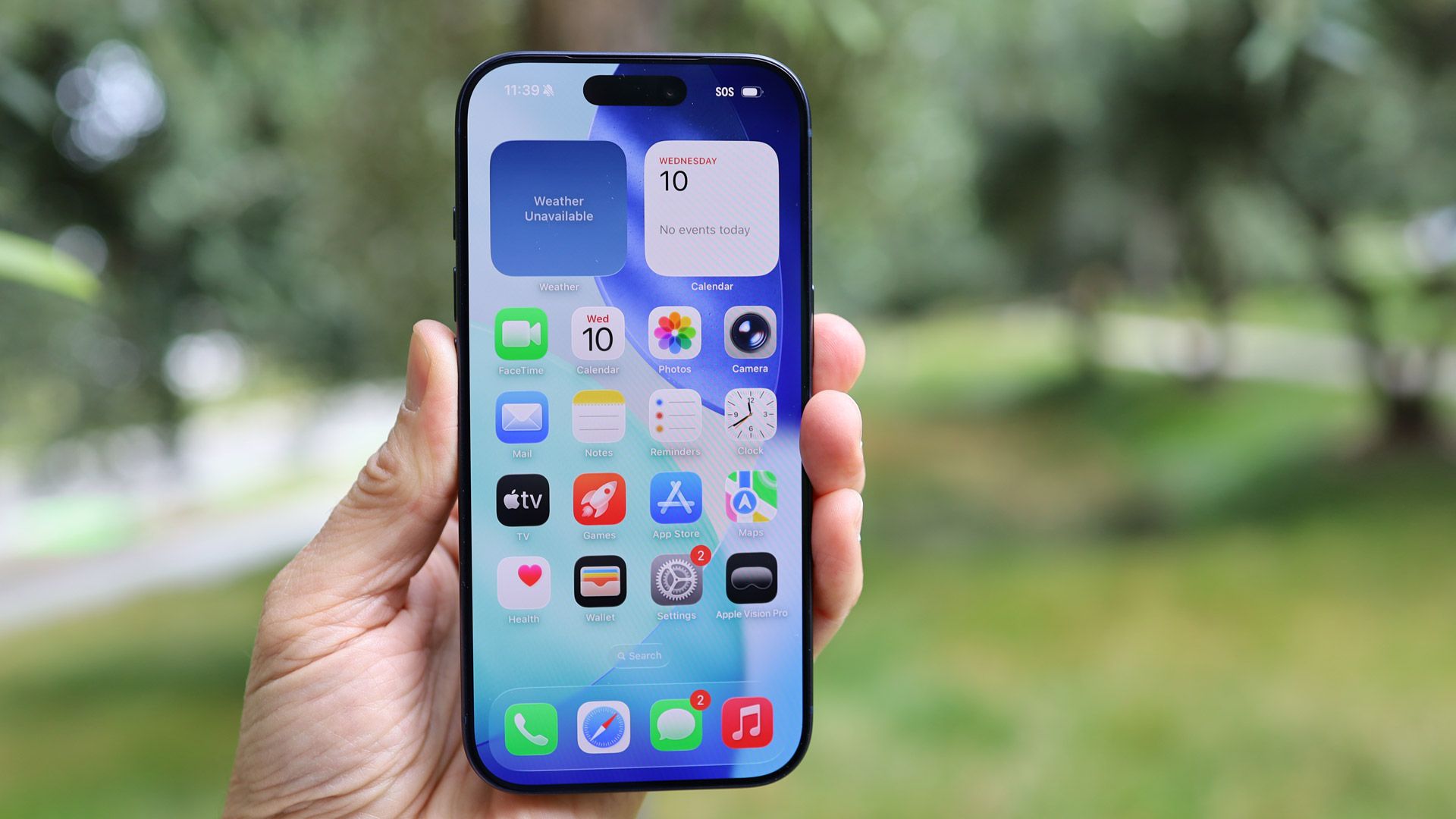Patent applications don't necessarily result in groundbreaking technology, but they often give us a good indication of what engineers are thinking (or, in Ford's case, smoking).
Recent filings with the United States Patent and Trademark Office (USPTO) have revealed that the company is experimenting with some pretty advanced holographic technology that, if ever produced, will be able to project a host of realistic images inside and outside the vehicle.
While the patent application offers few details about the actual uses of the technology, it does reveal that the general idea is to create a system and method for “projecting interactive, moving holograms inside and outside a vehicle.”
Basic drawings accompanying the ideas show security guards milling around a parked Ford, while another image shows a small child pointing at what we understand to be virtual guard dogs.
The system uses integrated holographic camera modules (IHCM) that can display pre-recorded 2D animations outside the car “without any perceptible distortion.”
A list of possible images includes: candles, flowers, lights, robots, equipment, animals, birds, cartoon characters, and creative or non-realistic content.
However, this dazzling display is not limited to the exterior of the car, as the same (or similar) modules could also be used for the interior of the vehicle. In this case, the inventors suggest that drivers and passengers could interact with 3D images and user interfaces.
Examples they give include a food menu, which could be automatically transmitted to holographic camera modules as the driver approaches a restaurant or drive-thru.
Similarly, holographic technology could be used to emit a realistic image of a person in the passenger seat, perhaps acting as a potential deterrent to opportunistic thieves or carjackers when the vehicle is parked for short periods of time.
Ford saved the most daring use case for last, suggesting the processor could form a hologram of a “large polar bear” and be projected as if it were “driving the vehicle.”
“A portion of the bear's body may be inside the vehicle and a bear's head may be outside the vehicle (e.g., protruding from an upper portion of the vehicle),” the patent filing reads.
Wow, just wow.
Ford has fun with the archives

This isn't the first time Ford has been spotted filing a patent for some crazy technology. We recently reported that it was considering a system that uses Ford vehicles and its onboard sensor and camera technology to first detect a speeding driver and then report it to authorities.
The company also appears to have a minor obsession with holographic projectors, with one previous showing using a water misting system to project cinematic images onto said droplets for an impromptu drive-in movie experience, according to Ford Authority.
It's highly unlikely we'll see holographic dogs and security guards roaming around upcoming Ford models anytime soon, but an interactive holographic system for a vehicle's interior isn't entirely new.
BMW unveiled a similar system at CES in Las Vegas in 2017, where the driver could interact with menu screens on a 3D holographic display that magically appeared on the car's center console.
That technology never made it to production, but BMW followed up with similar gesture control technology, which can be found in several current BMW and Mini products and allows the driver to skip tracks and control the volume of the infotainment system with the twist of a finger.
So maybe there is a future for holographic projection after all, perhaps without involving guard dogs and polar bears.











